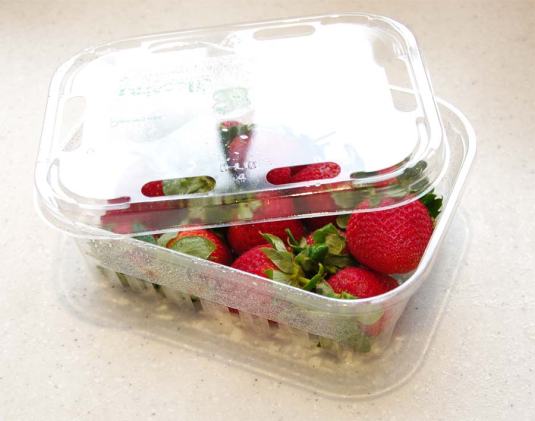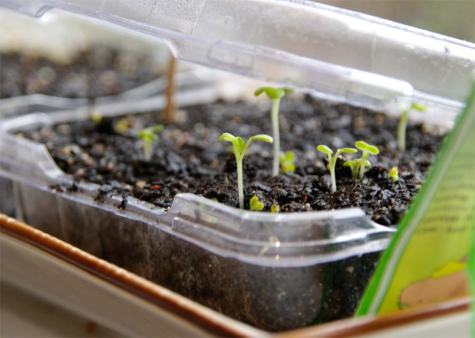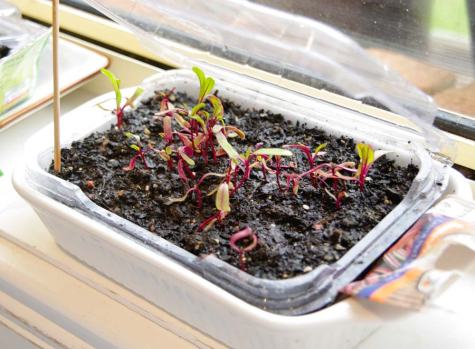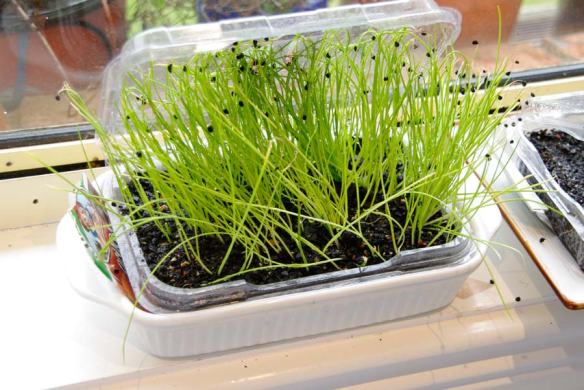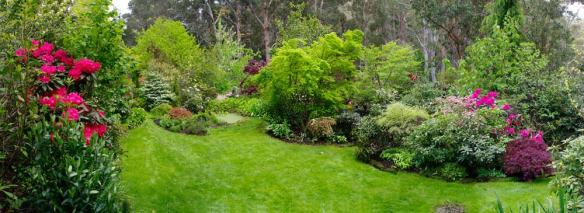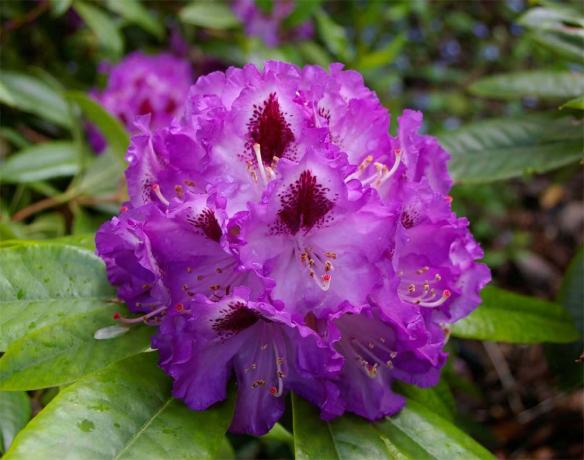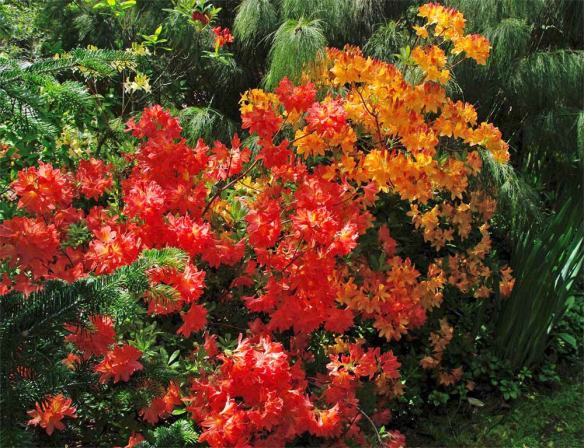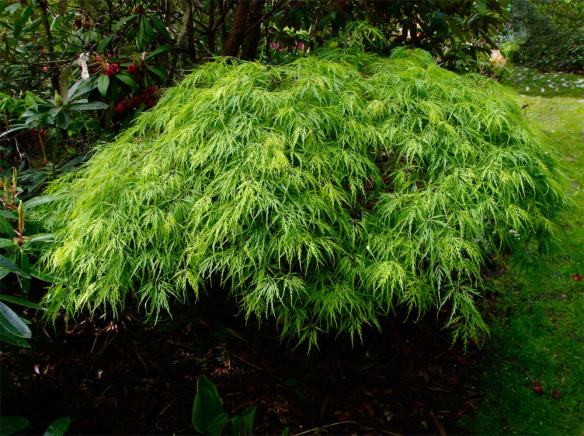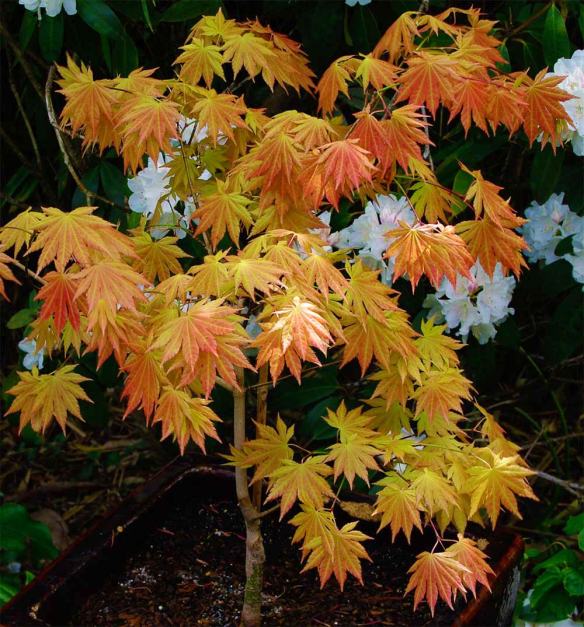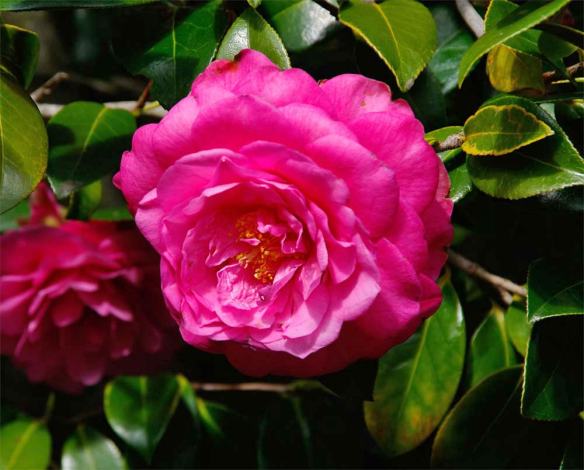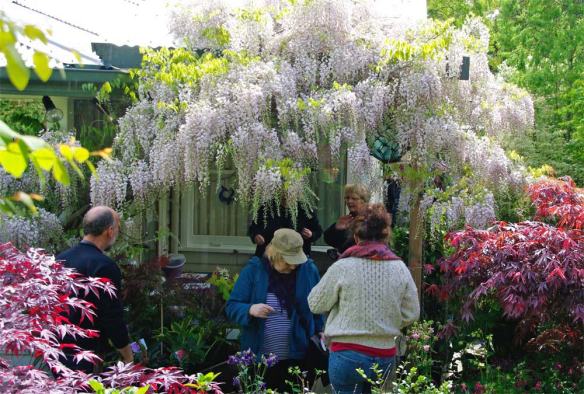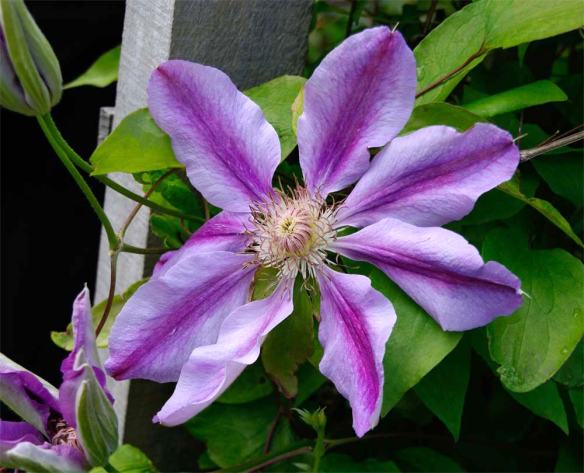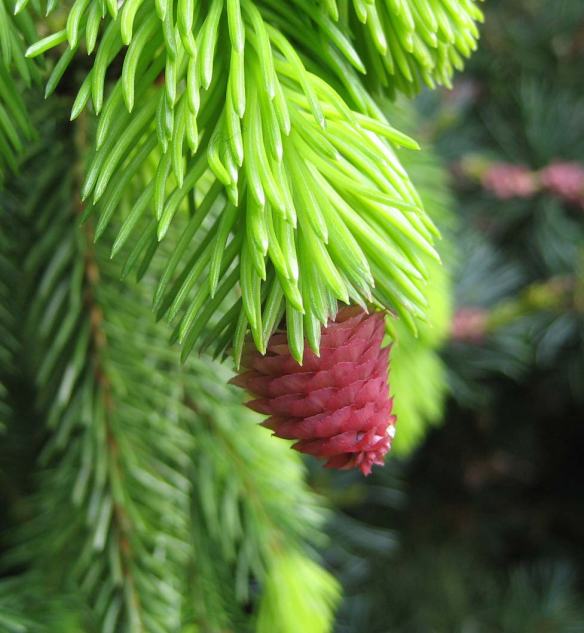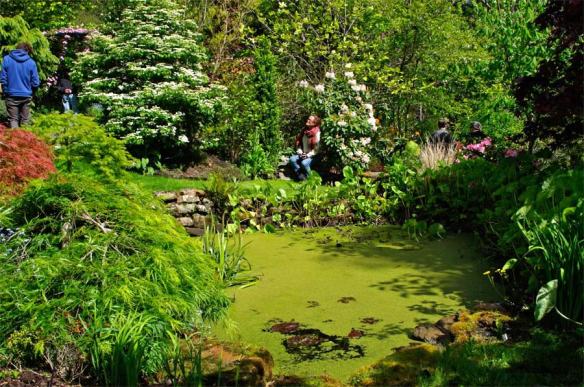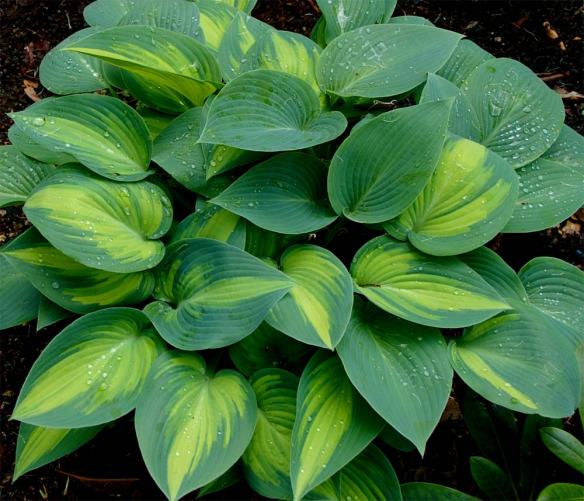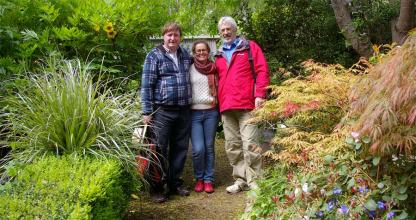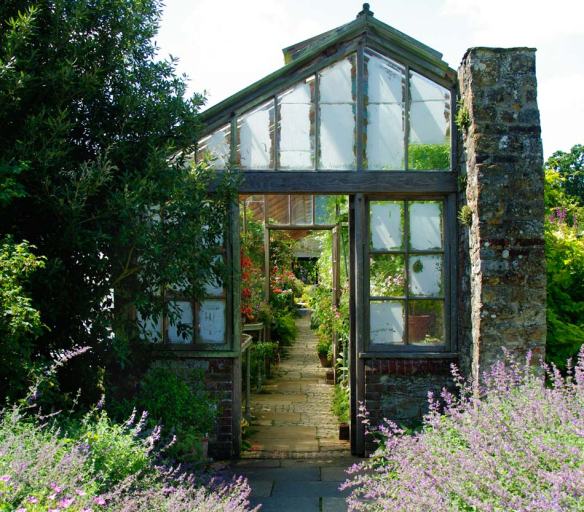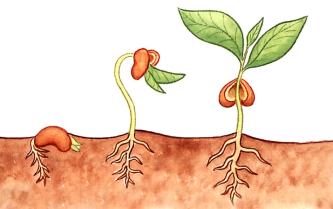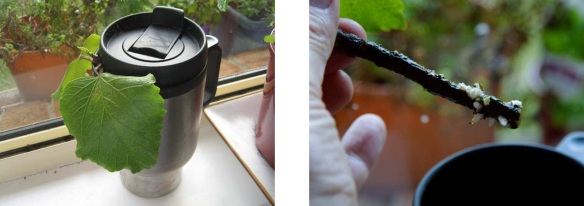Stuffing the last juicy strawberry into my mouth I was about to discard the container when it occurred that it would make a perfect seed raising tray for the windowsill.
Nice and compact, drainage holes in the base, breather holes in the top and clear plastic body with click-secure lid – perfect.
Of course it was the best excuse ever to go and buy some more strawberries, just because I had a lot of seeds to plant – well that was my rationale.
Just a few handfuls of fine seed raising mix to fill it, and its worth getting good seed mix which will always be better than a more coarse potting mix as it will hold each seed nice and snug and keep it moist.
Its important to firm it all down when you’ve planted the seeds and set each tray in a water-retaining dish. Don’t let the trays sit in deep water but it is important to keep them quite moist as well as warm.
Instead of pouring water onto them I chose instead to apply with a water mister which is easy to use and allows precision control of water quantities. It also means that the newly emerged foliage gets a regular misting too, keeping them moist and supple.
I chose to keep the lid latched closed until the seeds germinate, the moisture will then recycle within the tray. Then as they grow I prop the lid open to give them headroom – you’ll also not want them to get too humid as they start to grow as the leaves breath – which is of course where they get a lot of their carbon from to build growth.
As you can see I’ve had some successes with Pak Choi, Beetroot and the out of date onion seeds went ballistic. I planted them all not expecting them to grow as the ‘use-by-date’ was ten years overdue.
You can purchase a single propagation container for about the same cost as buying six punnets of strawberries – they key advantage is here that you can pig-out first.
No contest.
Author: Bob Saunders (www.gardensonline.com.au)
